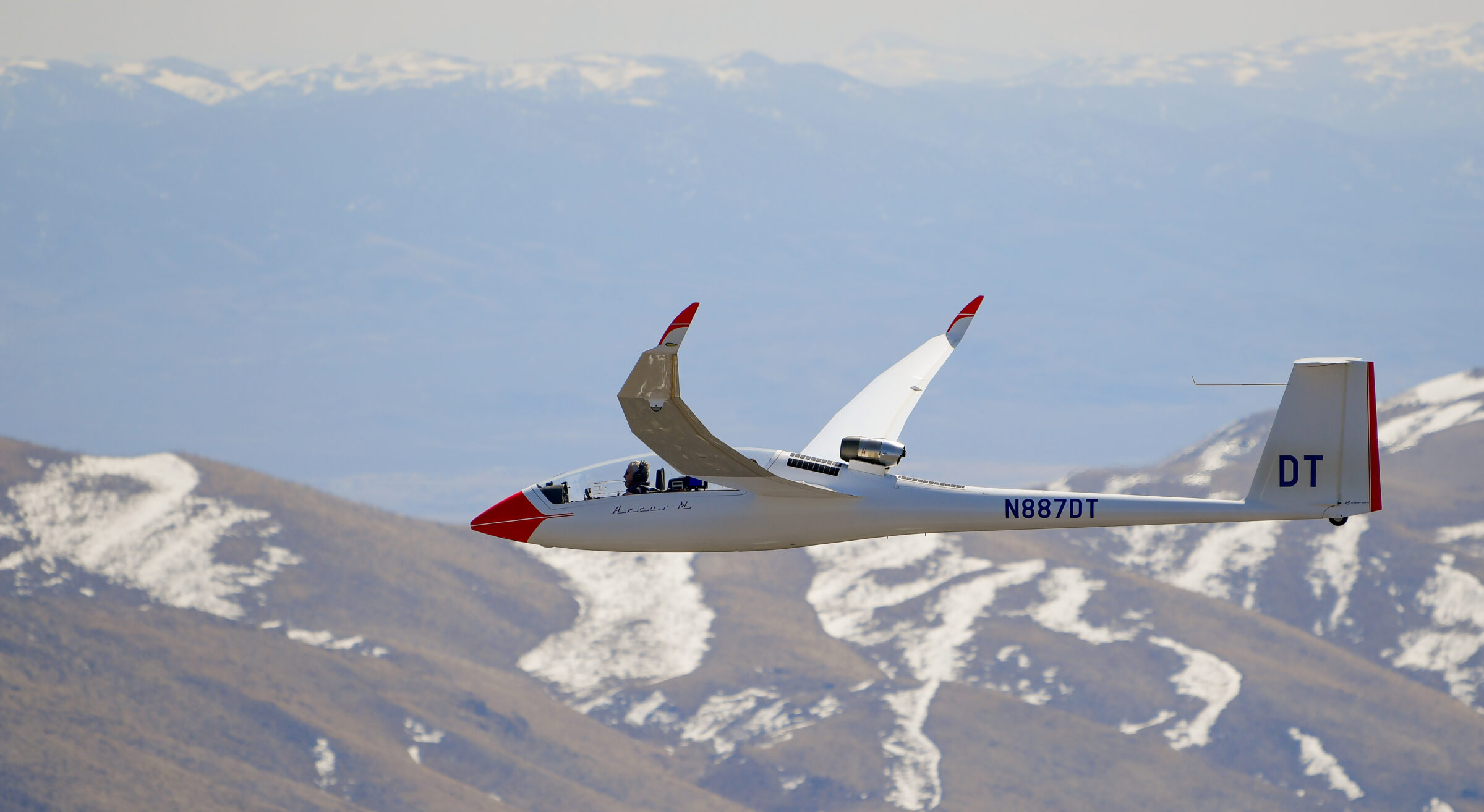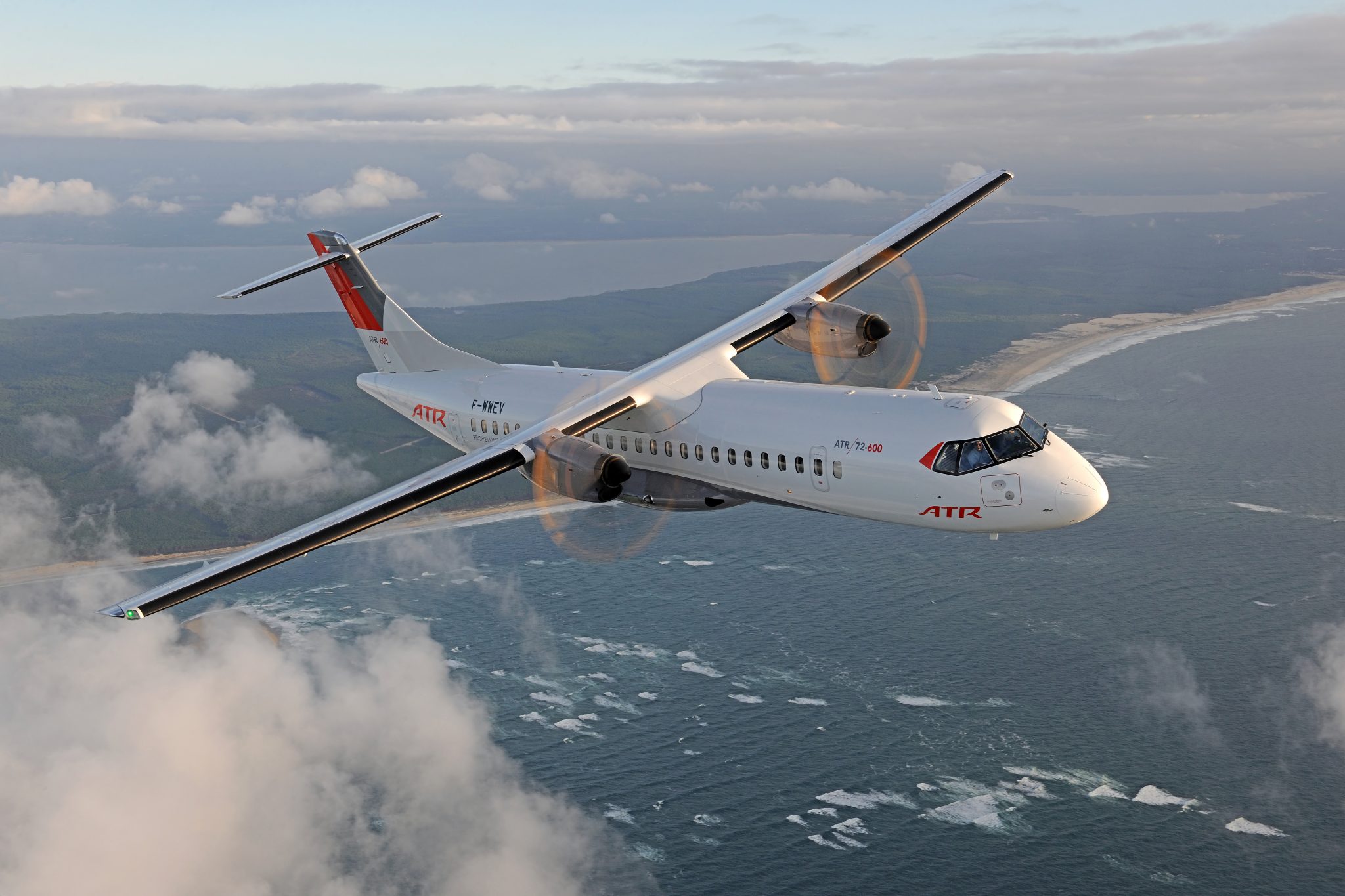Leeham News and Analysis
There's more to real news than a news release.
Bjorn’s Corner: Sustainable Air Transport. Part 42. eVTOL range.
October 21, 2022, ©. Leeham News: This is a summary of the article Part 42P, eVTOL range. It discusses the range of a typical eVTOL flying a feeder mission from a city center to an airport.
The 42P article details the energy consumption for each stage in the mission and the range we fly. We summarize the results here.
ICAO report outlines steps to reduce aviation’s carbon output
Subscription Required
By BRYAN CORLISS
Sept. 5, 2022, © Leeham News: Saying the climate crisis now is at “Code Red for Humanity,” the UN-sponsored International Civil Aviation Organization is calling on nations and companies to increase their investments toward techniques and technologies that can reduce aviation’s climate impact.
 It won’t be easy, ICAO said in its Environmental Report 2022, which was released in July.
It won’t be easy, ICAO said in its Environmental Report 2022, which was released in July.
The aviation industry will be one of the hardest to ween off carbon-based forms of energy, a recent report concluded.
“Scaling the production of sustainable aviation fuels (SAF) and other energy sources requires substantial investment and financial support from both fuel suppliers and governments on top of what would be needed for associated infrastructural changes,” the report said. “This is particularly important, considering that the drop-in fuels have the largest potential to reduce the overall emission from international aviation by 2050.”
Read more
Airbus prepares contrail flight tests
July 21, 2022, © Leeham News at Farnborough Air Show: Airbus is converting two Arcus high-altitude gliders to check if the contrails produced by hydrogen combustion engines create an environmental problem.
The background is that experts can’t agree if the water vapor produced by hydrogen combustion (which merges hydrogen with oxygen to water) can cause global warming or not. The only way to resolve the dispute and gain fundamental knowledge is to fly and measure.
Bjorn’s Corner: Sustainable Air Transport. Part 26. VTOLs.
July 1, 2022, ©. Leeham News: Last week, we finished our discussions around Fuel Cell-based airliners using hydrogen as fuel.
We could see the technology has true zero emissions, but the maturity of the many parts needed (hydrogen tank and fuel system, multi-MegaWatt class aeronautical fuel cells, motors, and controls) are not there. We are in the crawling before walk stage with sub-MegaWatt systems to make their first flights over the next years.
Another area claiming Green credentials is the VTOL space. Because these are based on electric technology, VTOLs are claimed as environmentally friendly and a good way to transport people.
We will analyze this industry and its claims of being an efficient, environmentally friendly way of transportation.
Bjorn’s Corner: Sustainable Air Transport. Part 25. High Temperature Fuel Cell-based 70-seat airliner
June 24, 2022, ©. Leeham News: Last week, we discussed how a High Temperature Fuel Cell (HTFC) could improve the installation of a propulsion system in our 70-seat airliner. We now add this variant to the systems we examined for installation effects and efficiencies.
The deeper discussion is in the sister article, Part 25P. High Temperature Fuel Cell-based 70-seat airliner.
Bjorn’s Corner: Sustainable Air Transport. Part 25P. High Temperature Fuel Cell-based 70-seat airliner. The deeper discussion.
Subscription required
June 24, 2022, ©. Leeham News: This is a complementary article to Part 25, High Temperature Fuel Cell-based 70-seat airliner. It adds the masses and efficiencies of a High Temperature Fuel Cell system to our 70-seat airliner fuel cell variants.
Bjorn’s Corner: Sustainable Air Transport. Part 24. High Temperature Fuel Cells
June 17, 2022, ©. Leeham News: Last week, we looked at the installation effects and efficiencies of the fuel cell systems we discussed in earlier parts of the series.
We could see the variants were significantly heavier than the propulsion system they would replace for an ATR72 size aircraft. The discussion assumed classical PEM fuel cells, also called Low Temperature PEM Fuel Cells. Now we look at if High Temperature PEM Fuel Cells can improve the installation situation.
Bjorn’s Corner: Sustainable Air Transport. Part 23. Fuel Cell-based 70 seat airliner
June 10, 2022, ©. Leeham News: Last week, we looked at the different fuel cell systems that can go into a 70-seat airliner like the ATR 72. In this week’s Corners, we implement these in the aircraft and look at installation effects and efficiencies.
The deeper discussion is in the sister article, Part 23P. Fuel Cell-based 70-seat airliner.
Bjorn’s Corner: Sustainable Air Transport. Part 23P. Fuel Cell-based 70-seat airliner. The deeper discussion.
Subscription required
June 10, 2022, ©. Leeham News: This is a complementary article to Part 23, Fuel Cell-based 70-seat airliner. It analyses the masses and efficiencies of a 70-seat airliner equipped with the fuel cell-based propulsion systems we analyzed last week.
Bjorn’s Corner: Sustainable Air Transport. Part 22P. Fuel Cell system efficiency and mass. The deeper discussion.
Subscription required
June 3, 2022, ©. Leeham News: This is a complementary article to Part 22, Fuel Cell system efficiency and mass. It analyses the power, loss, mass, and efficiency consequences of the different fuel cell architectures described in the main article.






